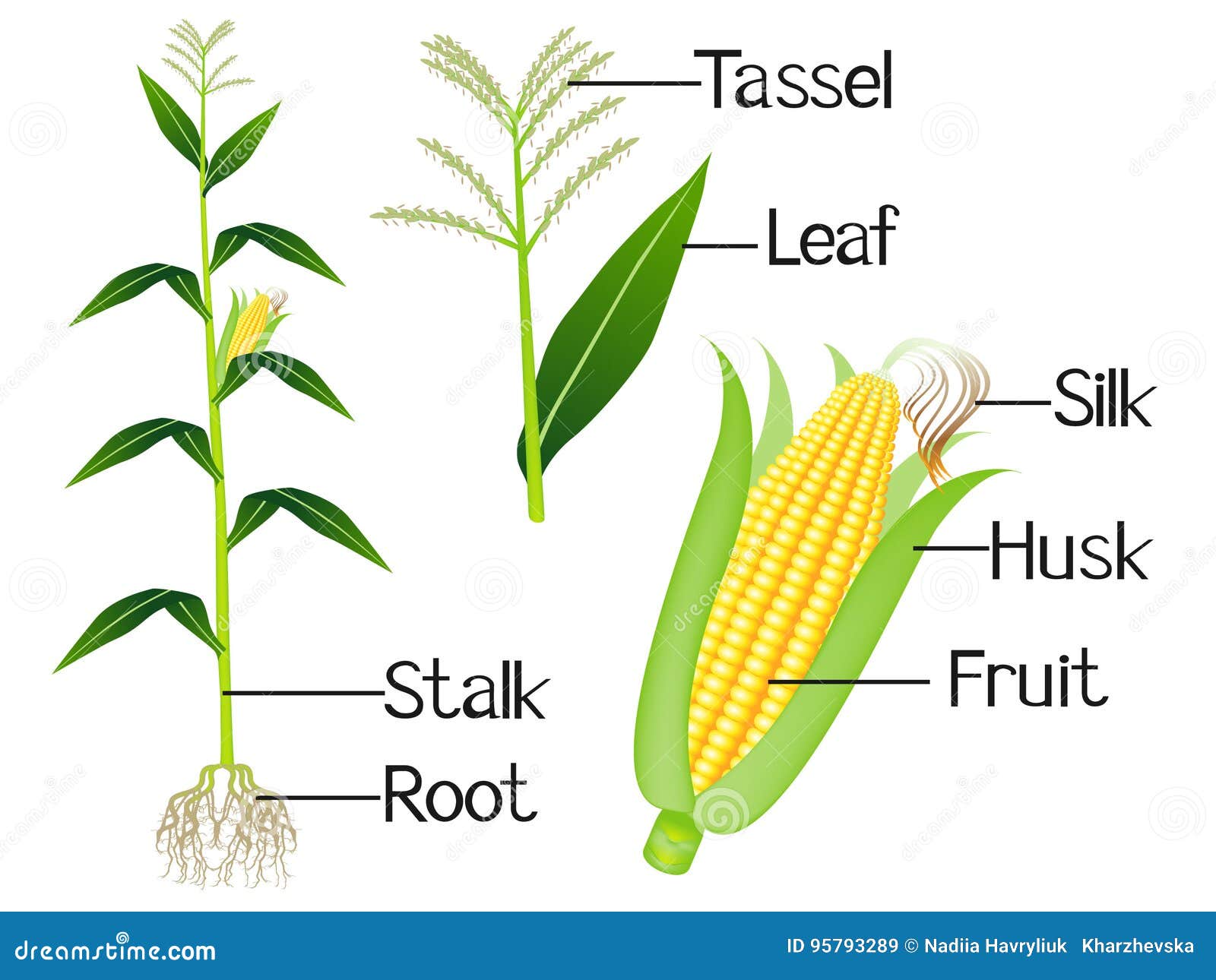
Corn is a staple food for many cultures around the world, and for good reason. It’s a versatile grain that can be used in a variety of dishes, from tortillas to popcorn. But what exactly is corn, and how does it grow? In this blog post, we’ll take a comprehensive look at the anatomy of a corn plant, from its roots to its tassel.
You may be wondering why understanding the anatomy of a corn plant is important. Well, by understanding the different parts of the plant, you can learn how they function together to produce the delicious and nutritious kernels. This knowledge can help you troubleshoot problems with your corn plants, and it can also help you make the most of your harvest.
The anatomy of a corn plant can be divided into six main parts: the roots, the stalk, the leaves, the tassel, the ears, and the kernels.
The roots of a corn plant are fibrous and shallow, reaching only about 12 inches into the soil. This makes corn plants susceptible to drought and wind damage. The stalk of a corn plant is tall and sturdy, reaching heights of up to 10 feet. The stalk is made up of nodes and internodes, and it supports the leaves, tassel, and ears.

The leaves of a corn plant are long and narrow, with serrated edges. The leaves grow in a spiral pattern around the stalk, and they help the plant to photosynthesize and produce food. The tassel is the male reproductive organ of the corn plant. It is located at the top of the stalk, and it produces pollen. The ears of corn are the female reproductive organs of the corn plant. They are located in the axils of the leaves, and they produce kernels.
The kernels are the edible part of the corn plant. They are filled with starch, protein, and oil. Corn kernels can be eaten fresh, canned, frozen, or dried.
Now that you know the anatomy of a corn plant, you can appreciate the complexity of this amazing plant. Corn is a versatile and nutritious grain that is essential to many cultures around the world. By understanding the different parts of the corn plant, you can better appreciate how this plant grows and produces its delicious kernels.

## Personal Experience with Corn Plants
I have always been fascinated by corn plants. I remember watching my grandfather tend to his cornfield when I was a child. He would carefully check the plants for pests and diseases, and he would always make sure that they had enough water and sunlight.
One year, I decided to plant my own cornfield. I planted the seeds in rows, and I watered and fertilized them regularly. I was so excited to watch the plants grow. They quickly reached heights of over 6 feet, and they produced beautiful ears of corn.
I was so proud of my cornfield, and I couldn’t wait to harvest the kernels. I husked the ears of corn, and I shelled the kernels. I then dried the kernels in the sun, and I stored them in a cool, dry place.
I used the corn kernels to make a variety of dishes, including cornbread, corn soup, and corn pudding. I also popped some of the kernels to make popcorn. My family and I enjoyed eating the corn that I had grown, and I was so grateful for the experience.
## History and Myth of Corn Plants
Corn is one of the oldest cultivated crops in the world. It was first domesticated in Mexico about 9,000 years ago. Corn was a staple food for the Mayans, the Aztecs, and the Incas.
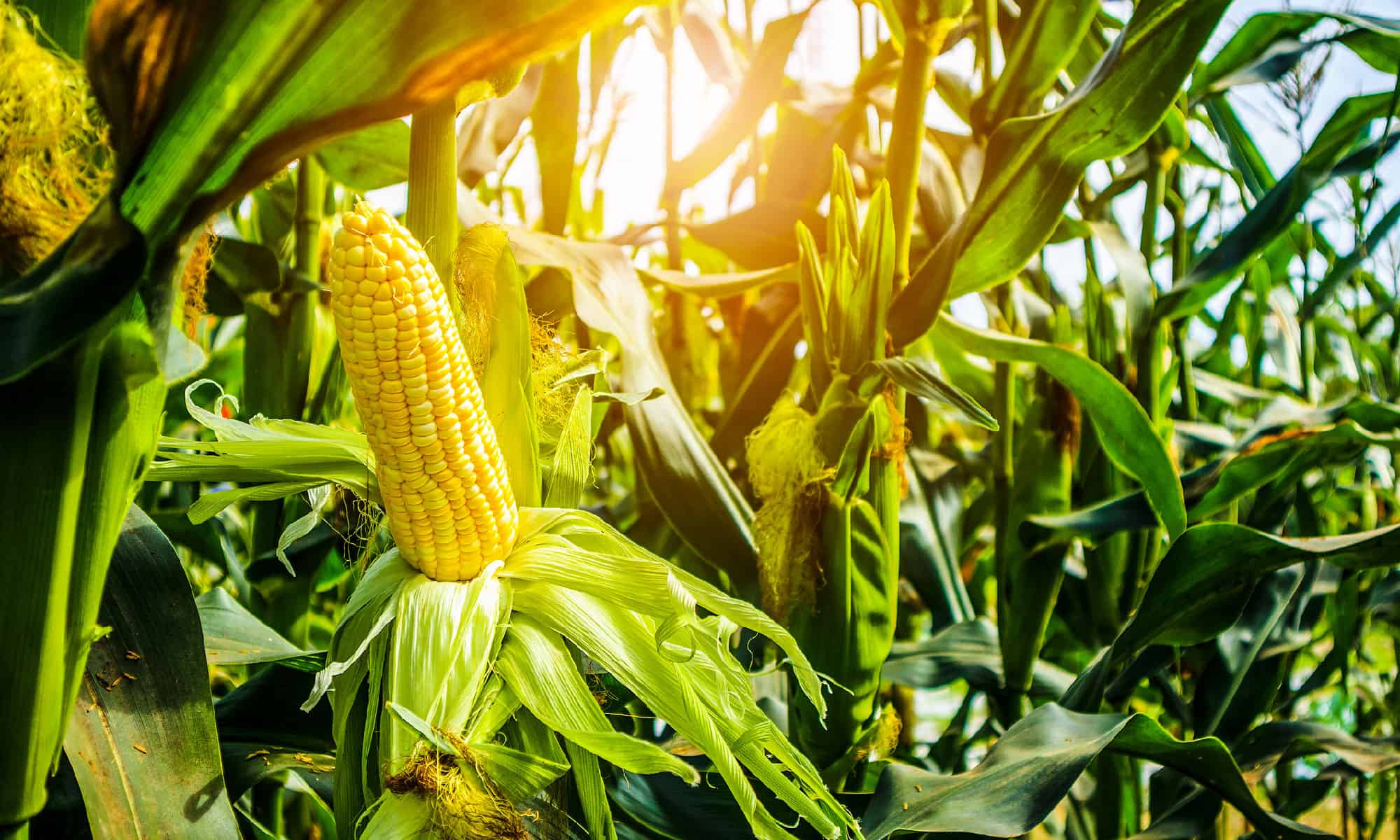
Corn was introduced to Europe by Christopher Columbus in the 15th century. It quickly became a popular crop in Europe, and it was soon introduced to Africa and Asia. Today, corn is grown in over 100 countries around the world.
Corn has a rich history and mythology. In many cultures, corn is seen as a symbol of fertility and abundance. In some Native American cultures, corn is considered to be a sacred plant.
## Hidden Secrets of Corn Plants
Corn plants are full of hidden secrets. For example, did you know that corn kernels are actually fruits? That’s right, corn kernels are the ripened ovaries of the corn plant.
Another hidden secret of corn plants is that they can actually talk to each other. Corn plants release chemicals that can communicate with other corn plants. These chemicals can warn other plants about pests or diseases, or they can attract pollinators.
## Recommendations for Growing Corn Plants
If you’re thinking about growing corn plants, here are a few recommendations:
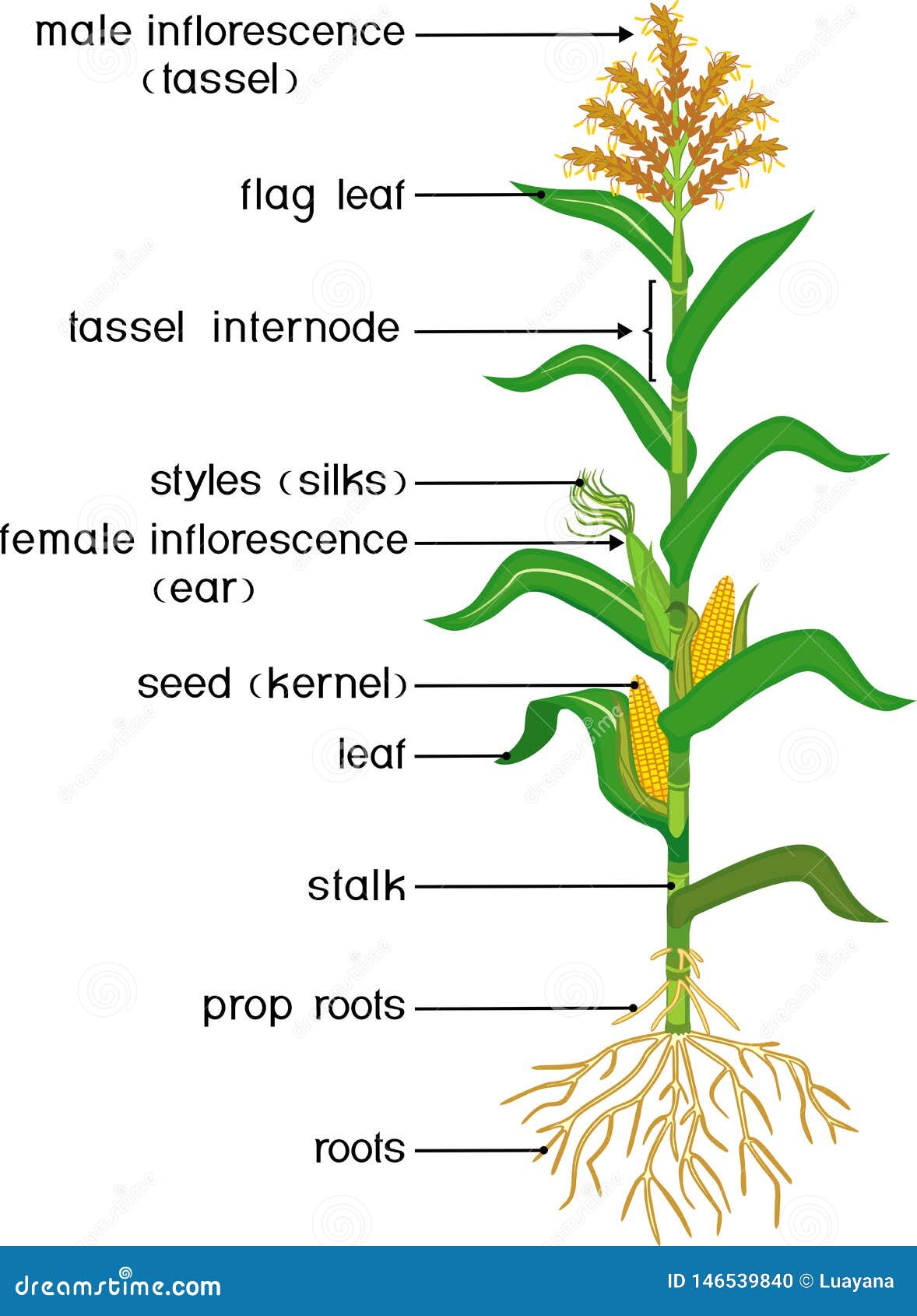
### Troubleshooting Corn Plant Problems
If you’re having problems with your corn plants, here are a few things to check:
## Fun Facts about Corn Plants
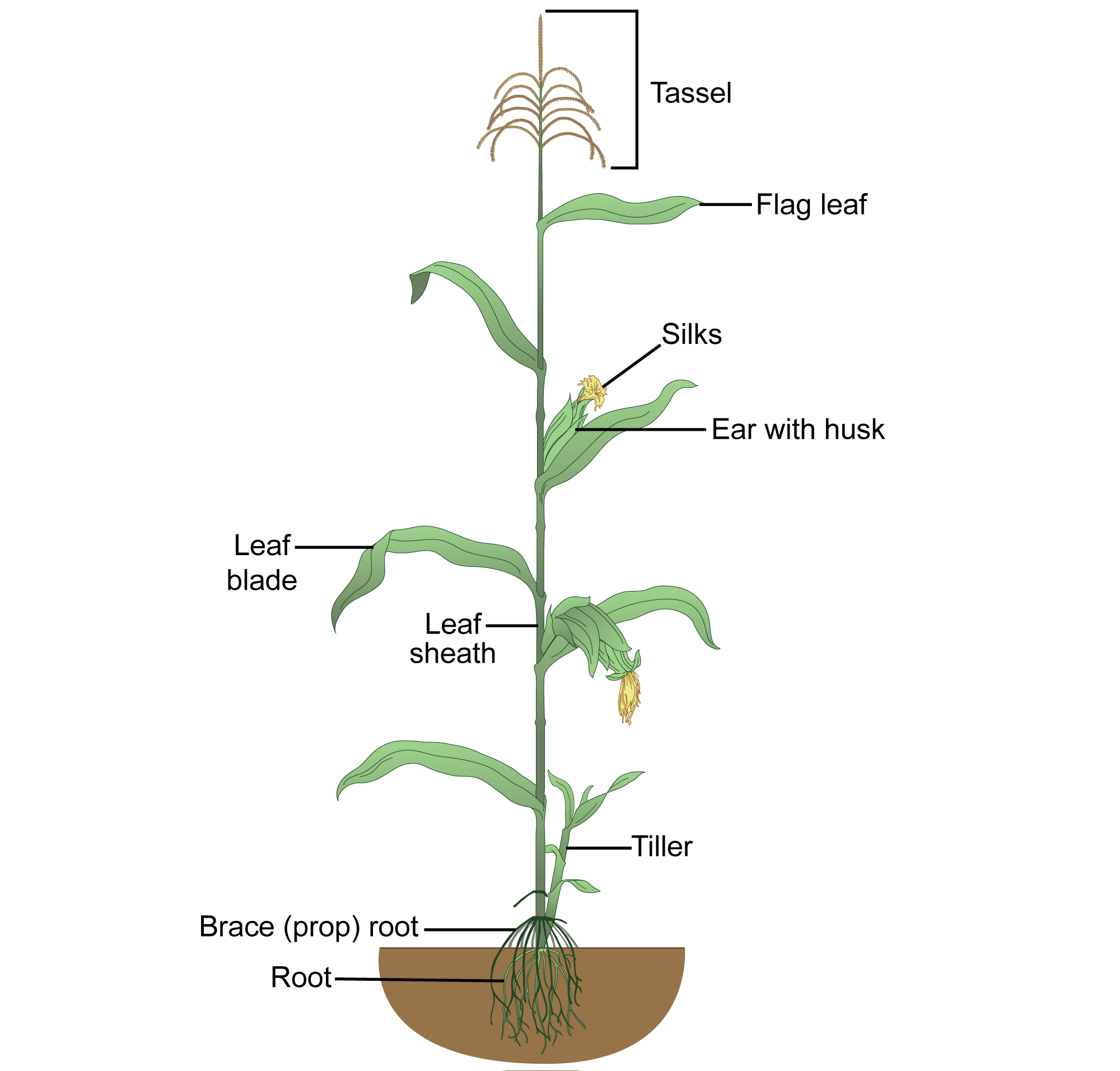
## How to Harvest Corn Plants
Corn is ready to harvest when the ears are fully mature. The kernels should be plump and milky, and the husks should be dry and brown.
To harvest corn, simply twist the ear of corn at the base and pull it downward. The ear should come off the stalk easily.
Once you have harvested the corn, you can husk the ears and remove the kernels. The kernels can be eaten fresh, canned, frozen, or dried.
## What if Corn Plants Could Talk?
Imagine if corn plants could talk. What would they say?
I think they would tell us about their lives. They would tell us about the sun and the rain, the wind and the soil. They would tell us about the insects and the birds, the animals and the people.
I think they would tell us about their dreams. They would dream of growing tall and strong. They would dream of producing beautiful ears of corn. They would dream of feeding the world.

## Listicle of Corn Plant Facts
## Question and Answer
A: Corn and maize are the same plant. The term “corn” is used in North America, while the term “maize” is used in other parts of the world.
A: The scientific name for corn is Zea mays.
A: Corn takes about 100 days to grow from seed to maturity.
A: A corn plant can produce anywhere from one to four ears of corn.
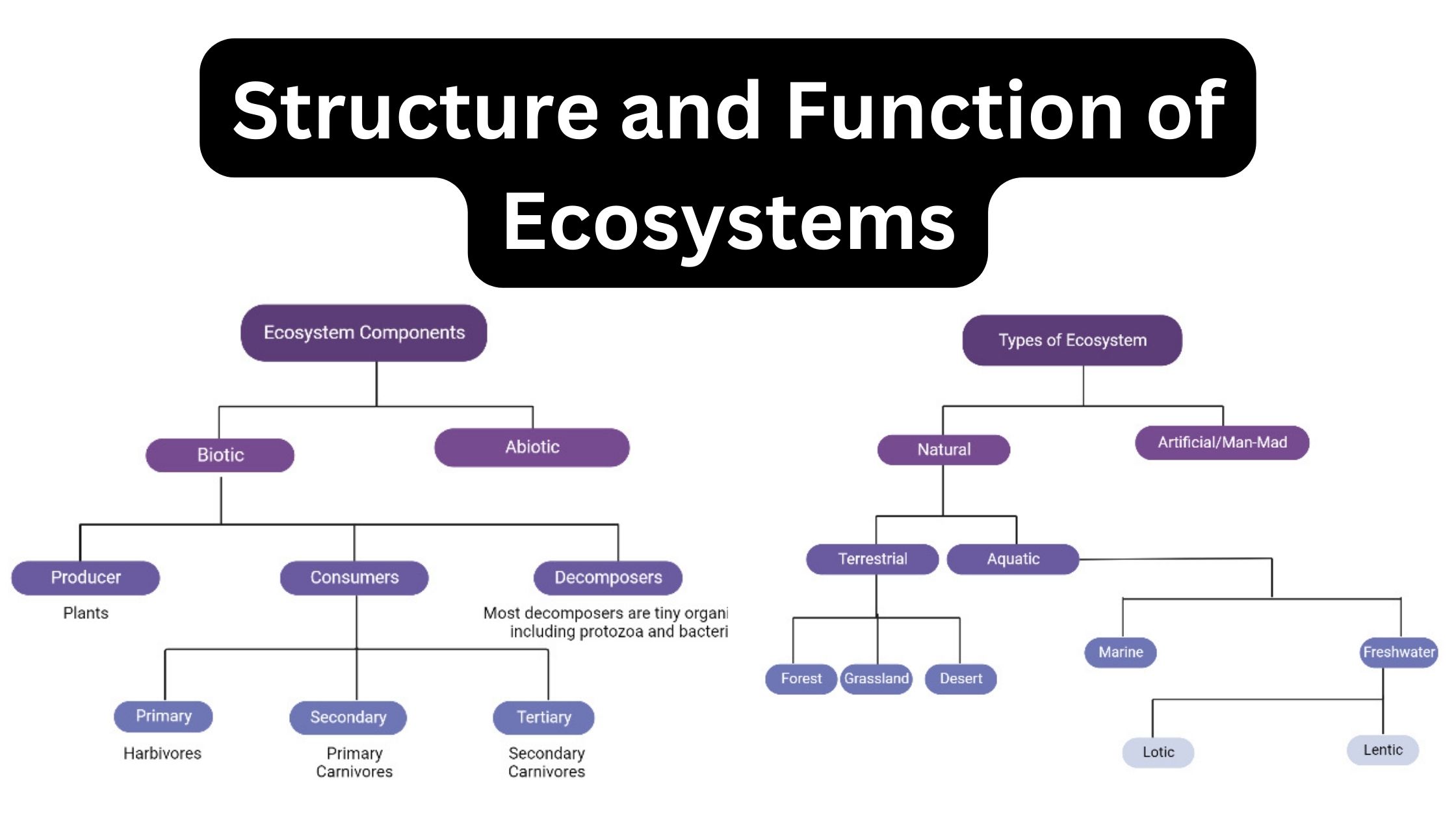
## Conclusion of The Anatomy Of A Corn Plant: A Comprehensive Guide To Its Structure And Function
Corn is a fascinating and versatile plant that has been cultivated for thousands of years. It is a staple food for many cultures around the world, and it is used in a wide variety of products. By understanding the anatomy of a corn plant, we can better appreciate this amazing plant and its many uses.
